How to Plant Strawberries
Plant strawberries! Strawberries are an all time favorite fruit and one of the easiest to grow at home. Growing your own strawberries results in sweet rewards.
Plant strawberries in the ground in raised beds or containers. I have actually used them in many areas as ground cover too.
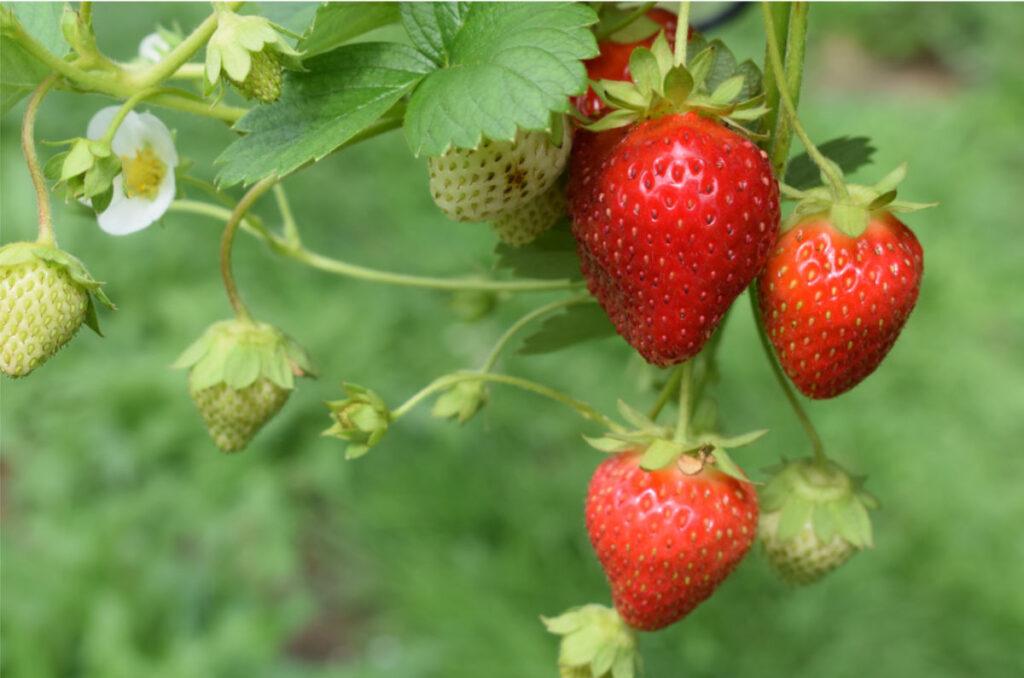
When to Plant Strawberries
In areas with mild winters, plants are set out in the fall for a spring harvest; in colder climates with winter freezes, strawberries are set out in spring for a summer harvest. I have a hard time finding bare root strawberries locally in Fall but you can try ordering online.
But you can plant strawberries anytime the ground is not frozen.
How Many Strawberry Plants do I need?
It is estimated that you need about 6 plants per person for a good amount of berries.
But even if you have limited space it is doable. You can plant them in grow bags, hanging baskets, all kinds of containers, I have even seen some grown in house gutters. Come to think of it, I should try that.
They don’t need much room for roots so as long as there is soil space in your container design.
I have a DIY project coming up for you on a fun, easy to build strawberry container that takes up very little space!
Where to plant Strawberries
Strawberries love the sun so make sure to place them somewhere the plants receive 6-10 hours a day of direct sunlight. The plants will tolerate a bit of shade, but the berries will be fewer and blander.
You need good sun for good production and the sweetest fruit.
Types of Strawberries
There are three types of strawberries: June Bearing, Everbearing and Day Neutral.
June-bearing varieties bear fruit all at once, usually over a period of three or four weeks. They are Day-length sensitive. They create buds in autumn, in the following spring they produce flower and fruit. Runners (they make baby plants) start to shoot out during the long summer days.
Although called June-bearing or June-bearers, these varieties bear earlier than June in warmer climates. When I lived in the San Joaquin valley March and April was strawberry season.
Many times June bearers are larger than the other two types.
Everbearing varieties produce a big crop in spring, produce lightly through the summer, and then bear another crop in late summer/fall. Everbearing varieties form buds during the long days of summer and the short days of autumn. The summer-formed buds flower and fruit in autumn, and the autumn-formed buds fruit the following spring.
Everbearing I have grown still produce during the summer but it is light.
Day-Neutral varieties produce fruit continuously through the season, until the first frost: Day neutral berries are not sensitive to day length, they produce buds, fruits, and runners continuously if temperature remains between 40° and 90°F (1° to 30°C).
Day-neutral strawberries typically produce more berries than June-bearing strawberries. One study found that six day-neutral varieties yielded consistently higher than June-bearing strawberries over the season, and added 14 weeks of production.
Day-neutrals can produce between one-half to one pound of fruit per plant over the whole season under ideal conditions.
There are many tasty options for day-neutral varieties, studies have shown that they were just as sweet or sweeter than June-bearing strawberries.
Many grow Day Neutral strawberries as annuals because they produce in the first year but you can grow them like any other, just remove the flowers the first season to let them get well established in colder regions. Ask at a reputable local nursery or your local extension office about which is best to grow in your region.
CHOOSING AND PREPARING A PLANTING SITE
Strawberries are tolerant of different soil types, although they prefer well draining soil. If you can, plan ahead you can add some compost or composted manure to the bed a couple months beforehand and let it set to let the soil microbes start their work on it.
Or sow a cover crop and mow down, cover with a weed cloth and let the soil microbes incorporate it into the soil. This is a great way to discourage the bad nematodes that can harm your berries. More on that in a later post.
Soil pH should be between 5.5 and 7. Many do better when the soil is on the more acid side. Do a little research on the variety you are choosing, normally you will find out more on what soil ph it performs best in.
If necessary, amend your soil in advance of planting. If soils in your area are naturally very alkaline, it is best to grow strawberries in half-barrels, raised beds or other large containers filled with compost-enriched potting soil.
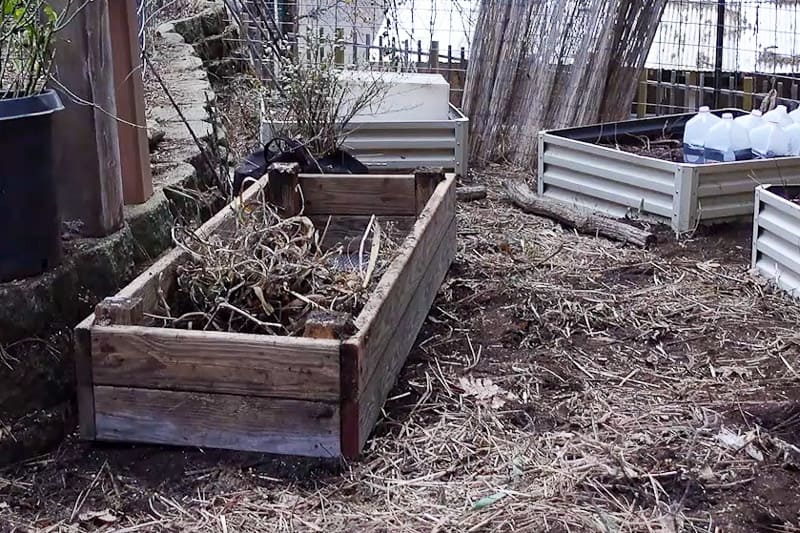
The planting site must be well-drained, that is why you may see commercial growers planting in hilled up rows. Raised beds are a very good option for strawberry plants.
Planting Strawberry Plants
Start with healthy, disease-free plants. If picking them yourself, choose plants that have large crowns with healthy, light-colored roots. If you ordered online, open the package immediately and inspect them.
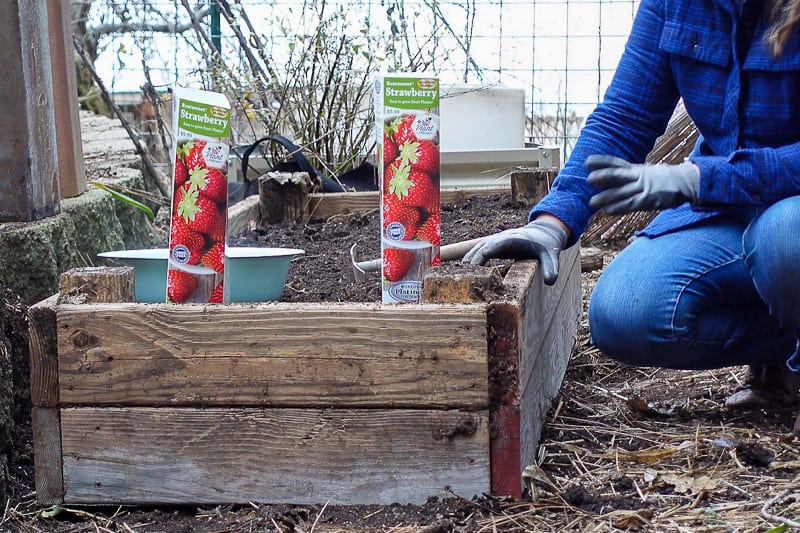
If moldy, send the strawberry plants directly back. If you can’t plant them immediately, wrap the strawberry plants in wet paper towels, put them in a bag, and store them in your refrigerator until you can plant them outside. Or plant them up in small pots and keep them in a cool but above freezing place.
For spring planting, as soon as the soil is dry and able to be worked (for many that would usually March or April), you should plant your strawberries. The plants need to be well-established before the temperatures rise in the summer months.
Planting strawberry plants should be done on a cloudy or overcast day or during the late afternoon. Soak bareroot strawberries in tepid water to hydrate well.
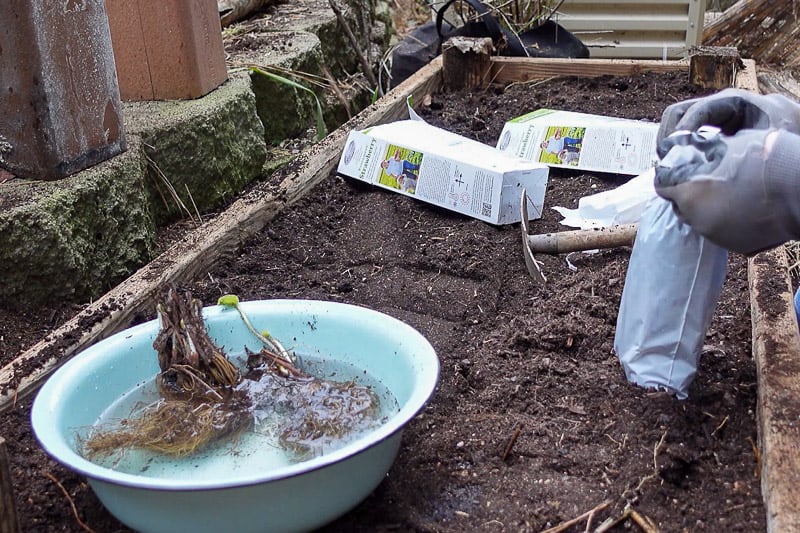
Provide adequate space for sprawling. Some say to set plants out 18 inches (1-½ feet) apart to leave room for runners and leave 4 feet between rows. Strawberry will send out runners, which in turn will send out their own runners. The everbearing strawberries I planted in the video said to plant 8 to 10 inches apart on the box so that is what I did.
I plant them closer than 18 inches I have limited space and I cut off the runners until later in the summer so the plants focus on producing flowers and fruit.
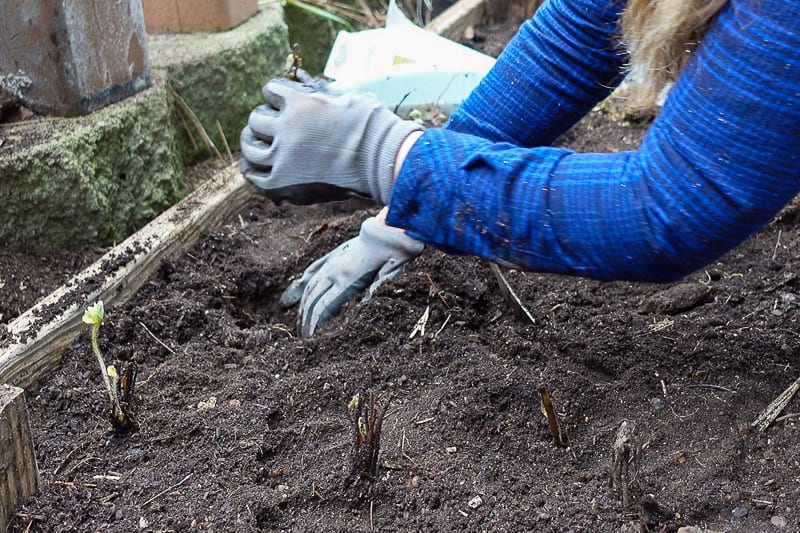
Make planting holes deep and wide enough to accommodate the entire root system without bending it. However, don’t plant too deep! The roots should be covered, but the crown should be right at the soil surface. It is very important that you do NOT bury the crown (central growing bud) of the plant or it could rot. The leaves, flowers, and fruit must be exposed to light and fresh air. (in my video on planting berries in pots I show you where the crown is at the 4:45 minute mark)
Firm the plants in by pressing down around the plant, not hard, just so you know they have good contact with the soil. Water well, which will also settle their roots into the soil.
Mulch with oat, rye or wheat straw or even pine needles (some call it pine straw). This helps keep the soil evenly moist, reduce weeds and prevents dirt from splashing up on your plants. (which will reduce soil-borne diseases)
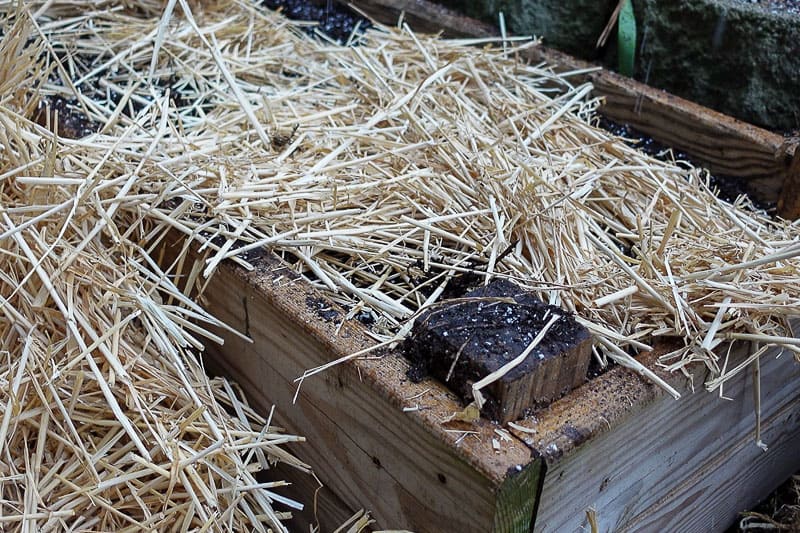
Mulching with straw also helps benefit the soil as it breaks down. This summer I am going to experiment with mulching with alfalfa hay as it is superior in nitrogen. I will let you know how that goes.
Good even irrigation is the best for strawberries. Too much can cause the berries to be tasteless and too little will lessen hardiness of the plant and productivity. I prefer drip or soaker hoses on a schedule for even watering. I adjust according to the climate.
Right after this video, we received 5 feet of heavy, wet snow. At the time of writing this the snow has not melted and I haven’t been able to check on the freshly planted berries yet. They should be fine, so I am not worried but I am curious. Which I shared all about in this video.
Let me know what varieties you grow and how you like them.
Happy Gardening and enjoy the fruits of your labor!


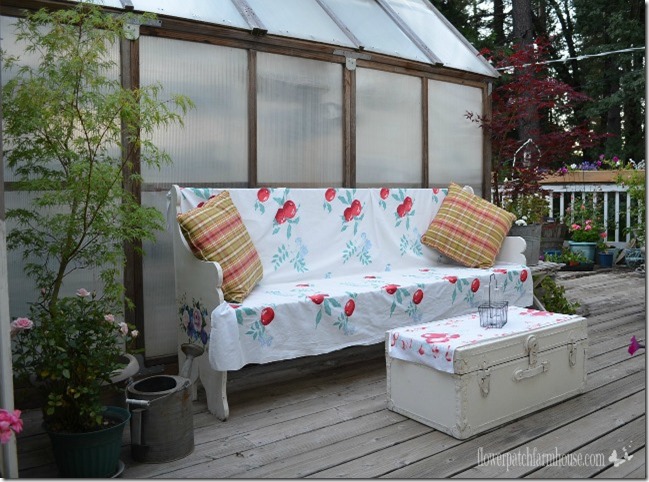
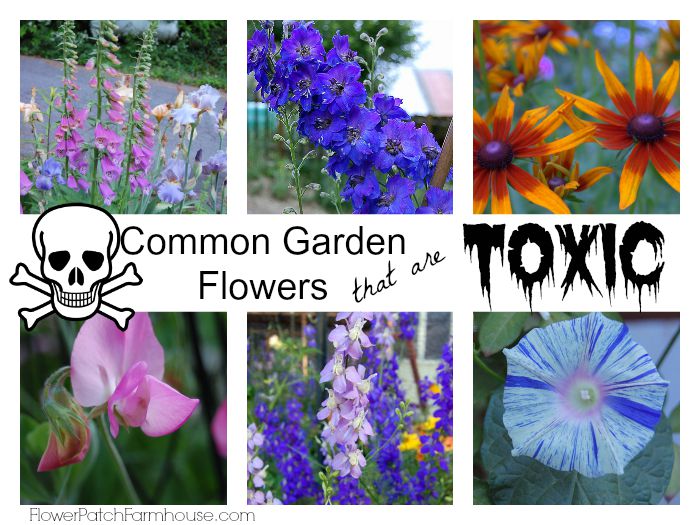
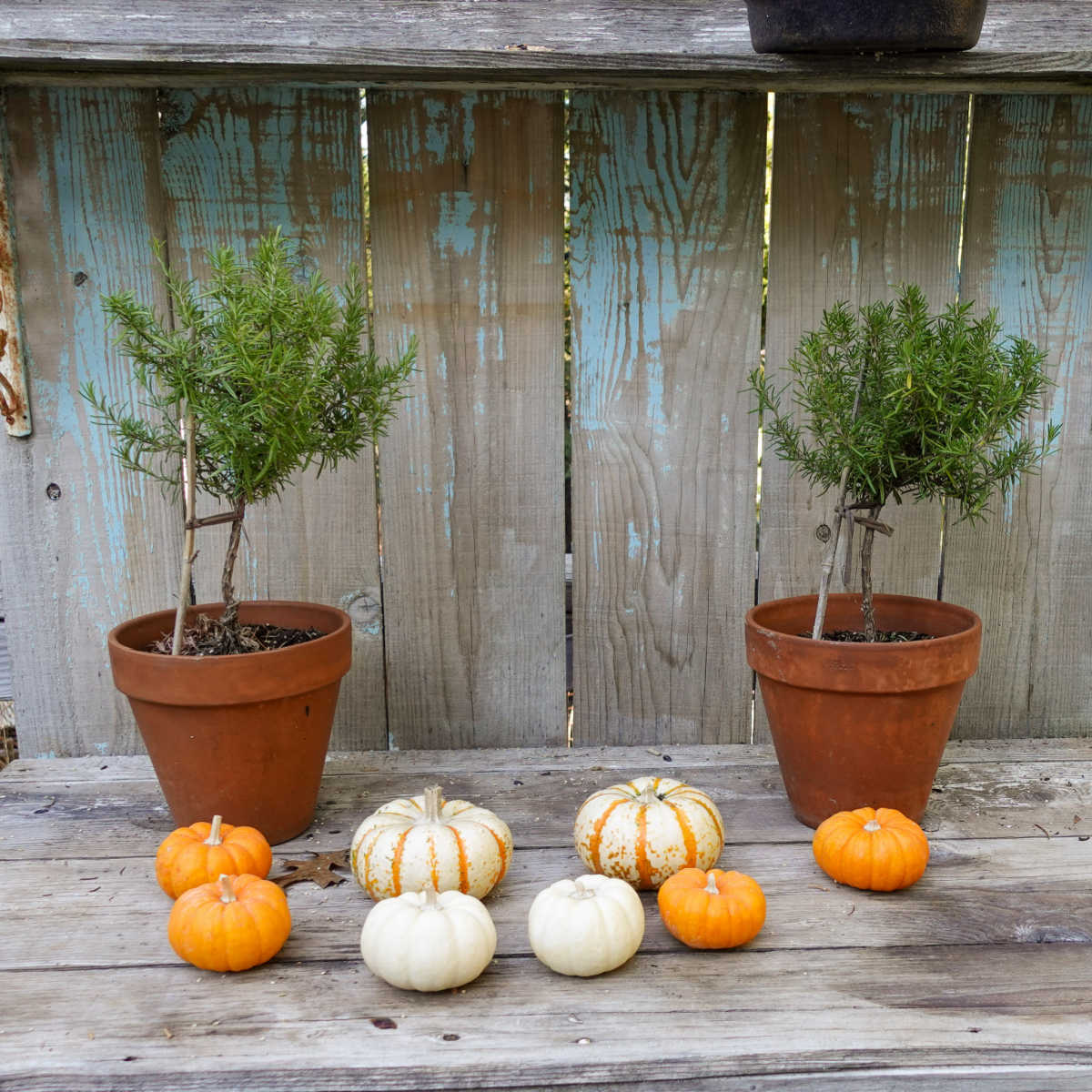
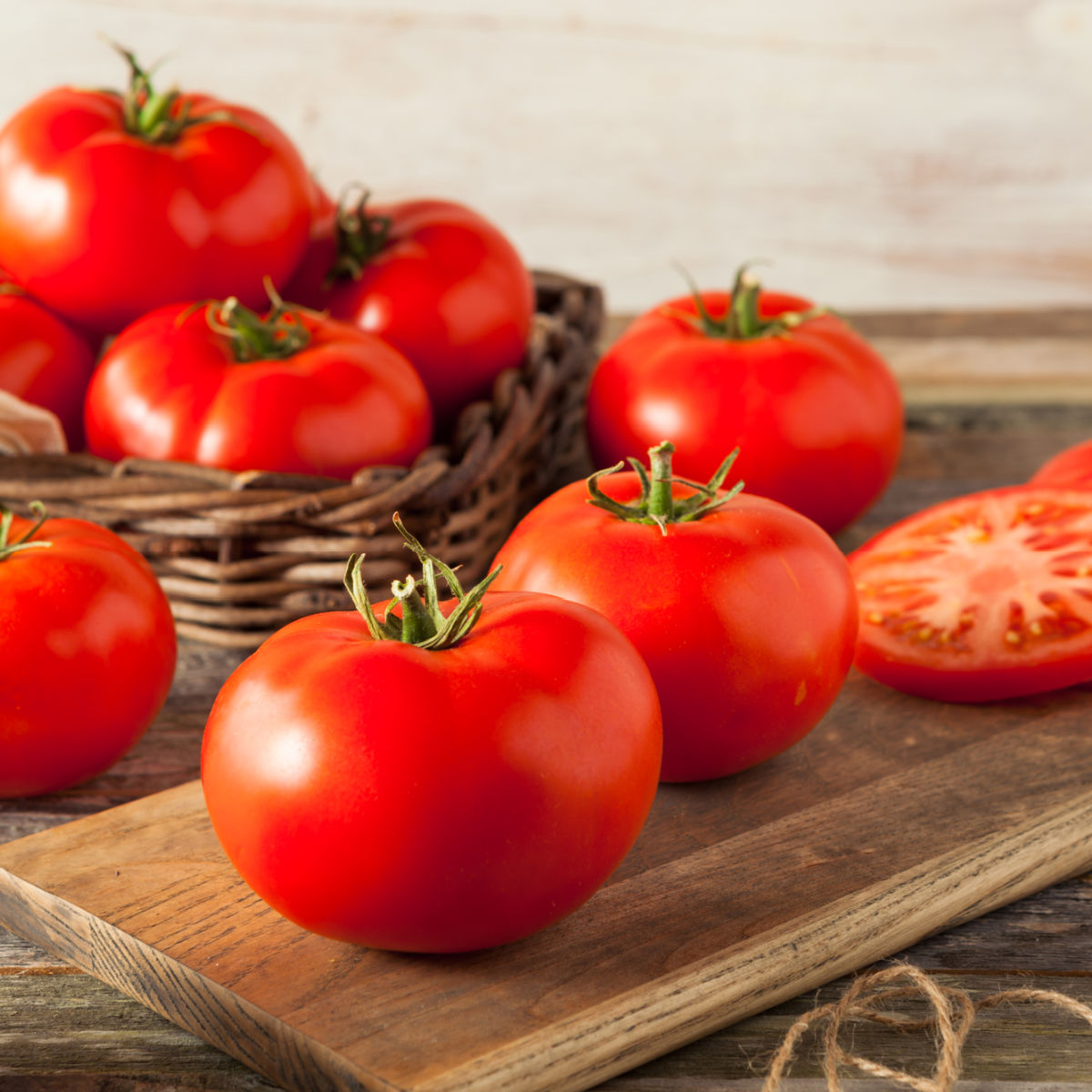
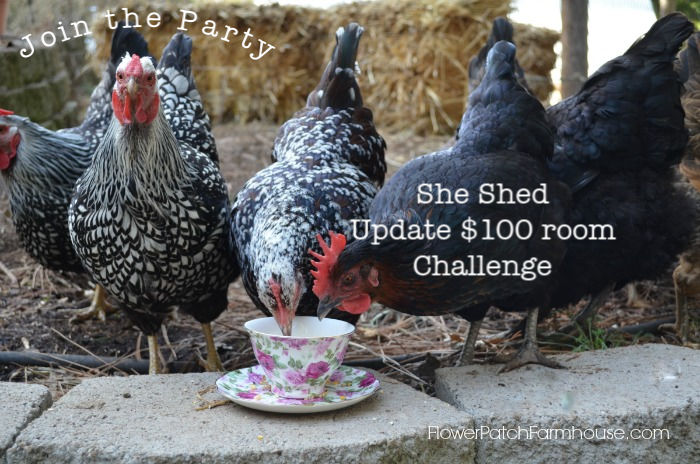
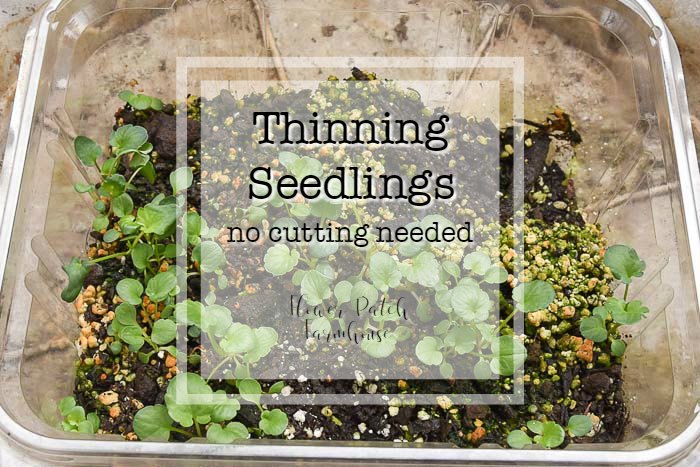
Very badly i want to know how to grow strawberries and thanks to you after reading this it makes me more easier